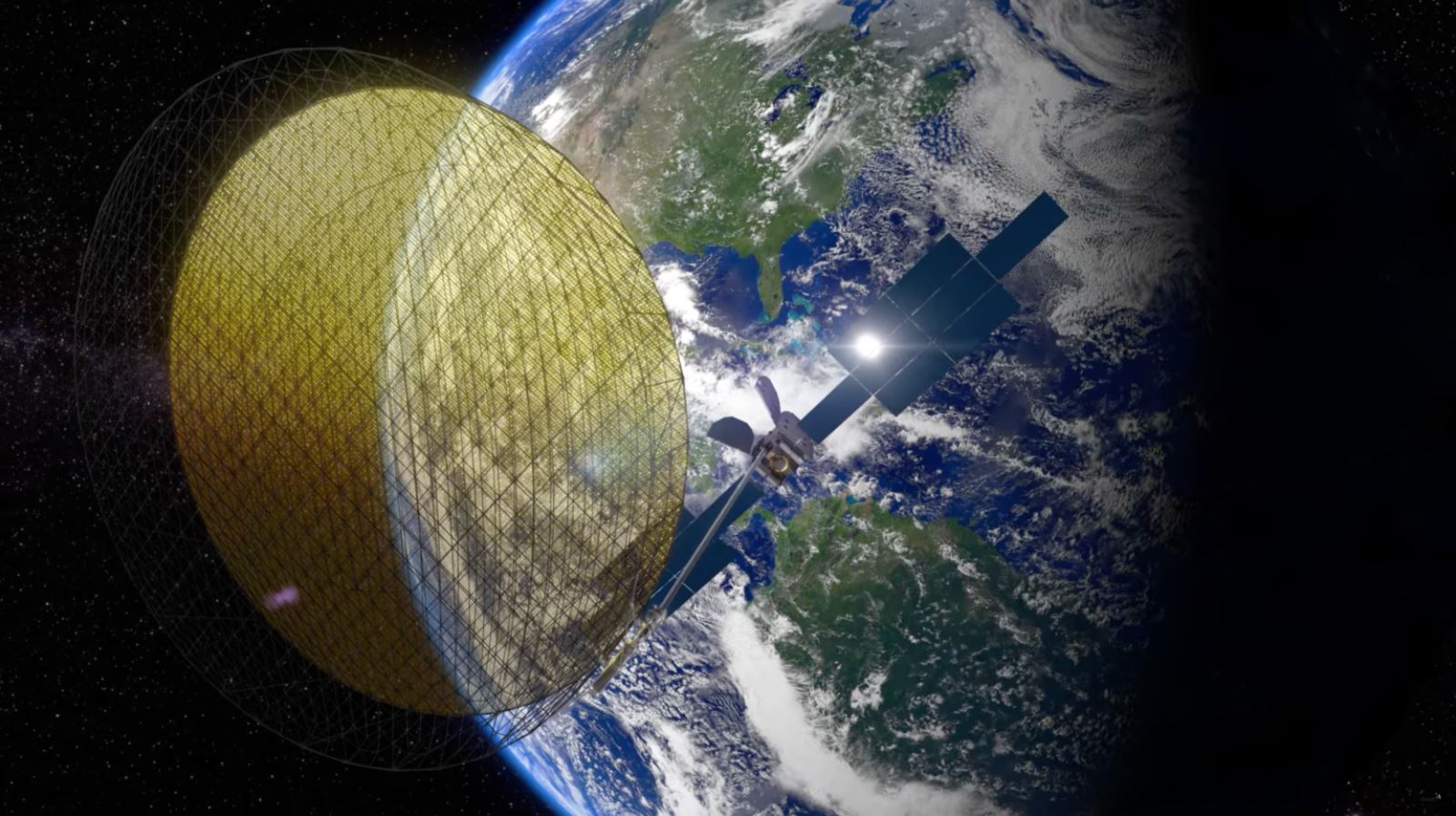This is very annoying for the ViaSat operator. One of its largest communications satellites destined for geostationary orbit, which lifted off in April, failed to deploy its massive antenna reflector. Its mission will be at best handicapped, at worst completely ruined. And above all, the addition will be salty!
Especially since the insurance will not be able to cover everything…
Large Format Trouble
ViaSat-3 Americas is a very large satellite with a mass of around 6.4 tons at least, which took off last April thanks to a Falcon Heavy launcher. This is one of the most powerful launchers in the world for this unit manufactured by Boeing in California in El Segundo, and sometimes nicknamed the “iron”.
On the satellite side too, there is enormous power thanks to solar panels the size of a small airliner, capable of converting up to 30 kW of solar energy! Deploying the panels was a delicate step, but a few hours after takeoff, everything went well. However, there remained one particular element, a reflector serving the enormous 1 TB/s throughput for the satellite antennas, used for internet connectivity. But the latter could not be deployed as planned.
The deductible will go up a little
ViaSat, Boeing, which took care of the integration of the satellite, and Northrop Grumman, which took care of the reflector and its deployment arm at least 25 meters long (directly derived from that used on the James Webb telescope), remain silent on the exact characteristics of this very sensitive element.
Being one of the largest of its generation, it is probably at least 6 meters in diameter, with a structure of polymers and carbon, a thin surface treated with gold and several small engines dedicated to its deployment, which alone was to take several days. This gigantic “umbrella” is essential to the proper functioning of ViaSat-3 Americas, which was to remain active for at least 15 years, but encounters a major problem.
Is the reflector damaged or torn? Is it partially stuck? The information does not filter. However, ViaSat would consider reimbursement by the insurance of its huge satellite, even if the latter only covers 420 million dollars for this satellite, which experts estimate at around 700 million.
Never the right time
The three ViaSat-3 satellites are well behind the initial schedules planned by the operator at the end of the last decade, because their design is particularly complex. And this failure in orbit is not going to fix anything!
Designed to provide connectivity over large regions that are currently poorly served, these large and expensive satellites are already subject to direct competition from the communication constellations of SpaceX or OneWeb. Nevertheless, with large capacities for emerging markets, these units still have their place, and the contracts are important. The loss of a large new generation unit will therefore hurt an operator such as ViaSat very badly. Especially since the company needs to repay its loans, since it bought one of its competitors, Inmarsat, earlier this year…
Source : Ars Technica

7